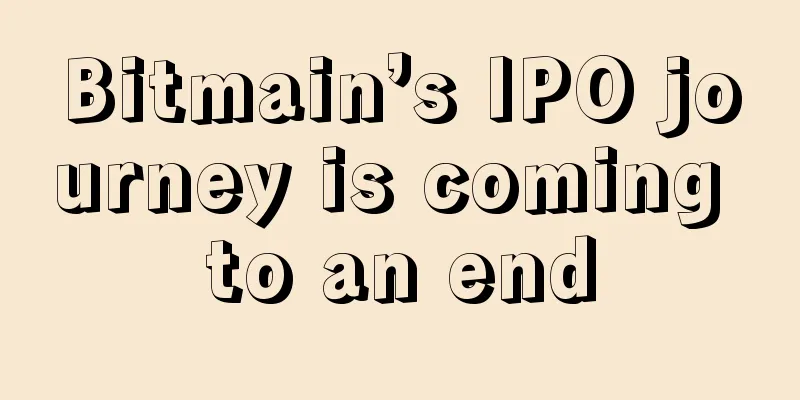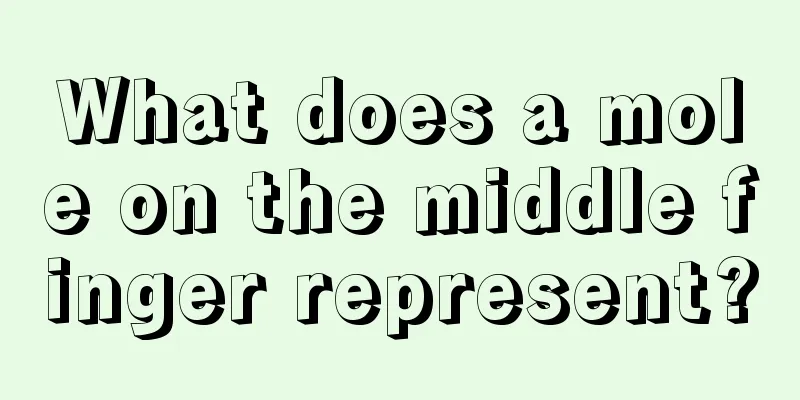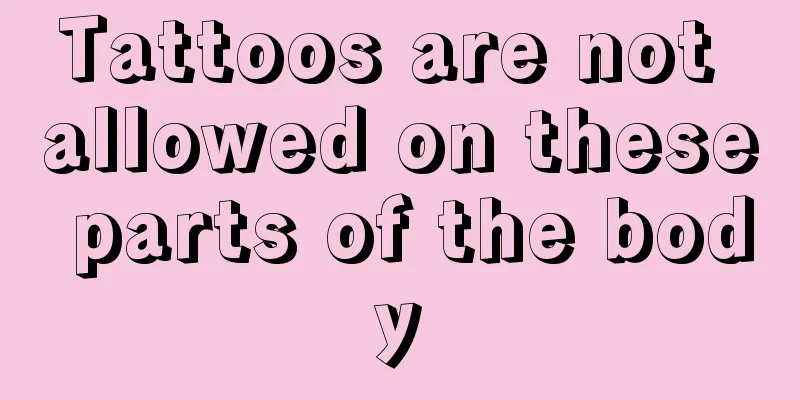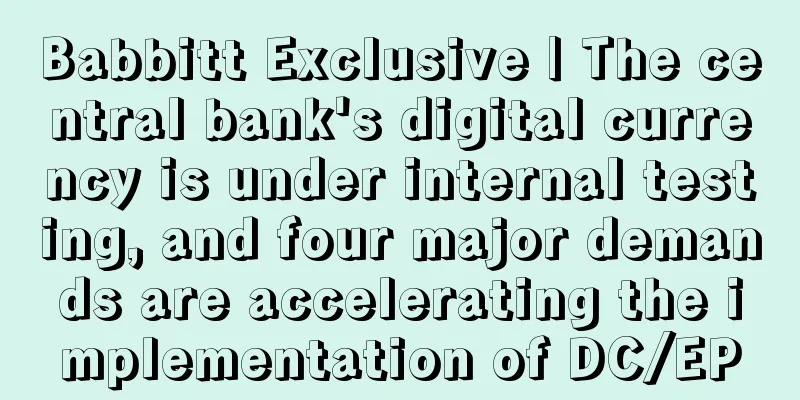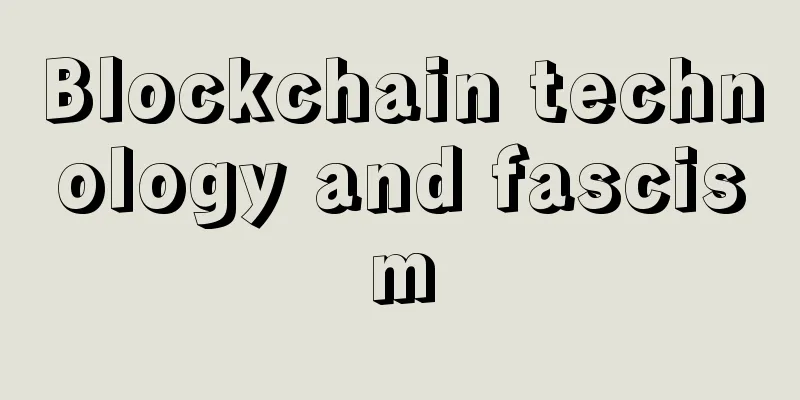R3 reveals it is conducting blockchain proof-of-concept trials in eight different sectors
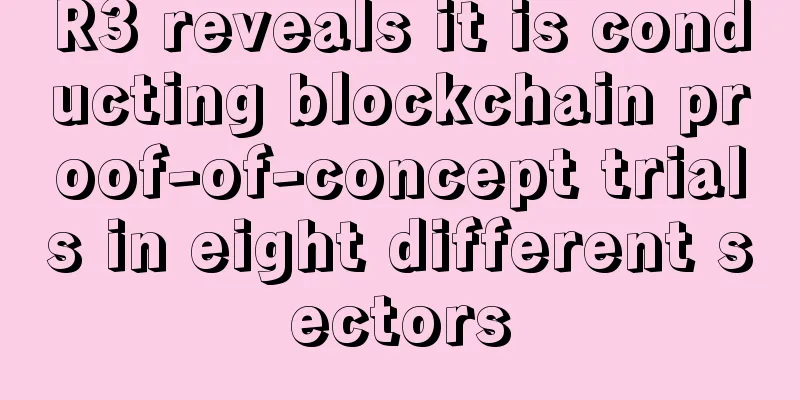
|
R3CEV, a consortium of more than 40 global financial institutions, is currently working on at least eight different proofs of concepts (PoCs) designed to demonstrate how distributed ledgers can streamline Wall Street trading on a large scale and make it easier to regulate transactions. Speaking at the Blockchain and Distributed Ledger Conference on Thursday, an R3CEV executive listed eight different areas in which the company is working on proofs of concept, including system interoperability, payments, settlements, trade finance, corporate bonds, repo, swaps and insurance. The conference attracted approximately 50 participants from regulators, product developers, enforcement attorneys and other financial industry representatives. Jacob Farber, general counsel at R3, told attendees:
Jacob Farber Prior to this, R3 announced its Corda project, a distributed ledger that focuses on studying some of the unique privacy requirements of financial institutions. Farber stressed that the purpose of the proof-of-concept projects they are conducting in these industries is not to replace them. Instead, these proofs of concept will provide a range of services and write them to the distributed ledger. Specifically, Farber mentioned services including post-trade reporting, reference data and management data provided by applications. Smart ContractsFarber strongly objects to the term "smart contracts," which is used to describe legal agreements that are stored on a blockchain and contain certain obligations that are activated when certain pre-defined events occur.
Likewise, during yesterday’s panel discussion, Patrick Murck, a fellow at Harvard University’s Berkman Center for Internet & Society and former executive director of the Bitcoin Foundation, said he, too, was “infuriated” by the term, which was coined by Nick Szabo in 1997. Patrick Murck Merck also proposed using "programmed trading" instead, explaining that these contracts almost always have a traditional contract counterpart and that these contracts can only be executed mechanically, which can also be achieved with traditional technology. The two-day conference, hosted by the American Conference Association, covered a wide range of topics, including law enforcement, regulators’ position on blockchain, and the nature of smart contracts. Original article: http://www.coindesk.com/r3-reveals-8-areas-of-focus-for-blockchain-bank-trials/ |
<<: Genesis Miner sets up giant billboard to fight Trump's wall
>>: WAVES ICO Goes So Well It’s Almost Mistaken For A DDoS Attack
Recommend
Detailed illustration of the children's line to help you understand yourself
The issue of fertility is always a topic that coup...
What does a shallow marriage line mean?
In the palm, each line has its own function, and ...
Who is likely to go astray based on their appearance?
One misstep can lead to eternal regret. Since anc...
Are people with hairy ears blessed with good fortune?
We all know that there are huge differences betwe...
Palmistry Diagram: Gambling Lines
Palmistry Diagram: Gambling Lines There are strai...
Bitcoin computing power top ten countries ranking (attached list)
Bitcoin mining consumes an estimated 348 terawatt...
What does a mole on the thigh mean? Is it good to have a mole on the thigh?
Moles are important to people, and different mole...
The teardrop mole symbolizes bitterness
The teardrop mole symbolizes bitterness Tear mole...
Kenyan government uses IBM blockchain to prevent diploma fraud
Rage Comment : The Kenyan government is currently...
How to tell your fortune from your feet
How is a person's fortune from the feet? What...
What is the relationship between the face and fate of a man with a high nose bridge?
The bridge of the nose is usually called the pala...
Face analysis: the most wild female face
Face analysis: the most wild female face The movi...
Filecoin Progress and Roadmap for August
Our August 2020 roadmap update covers the progres...
Study examines blockchain securities under U.S. commercial law
Cryptographic bonds and blockchain record-keeping...




